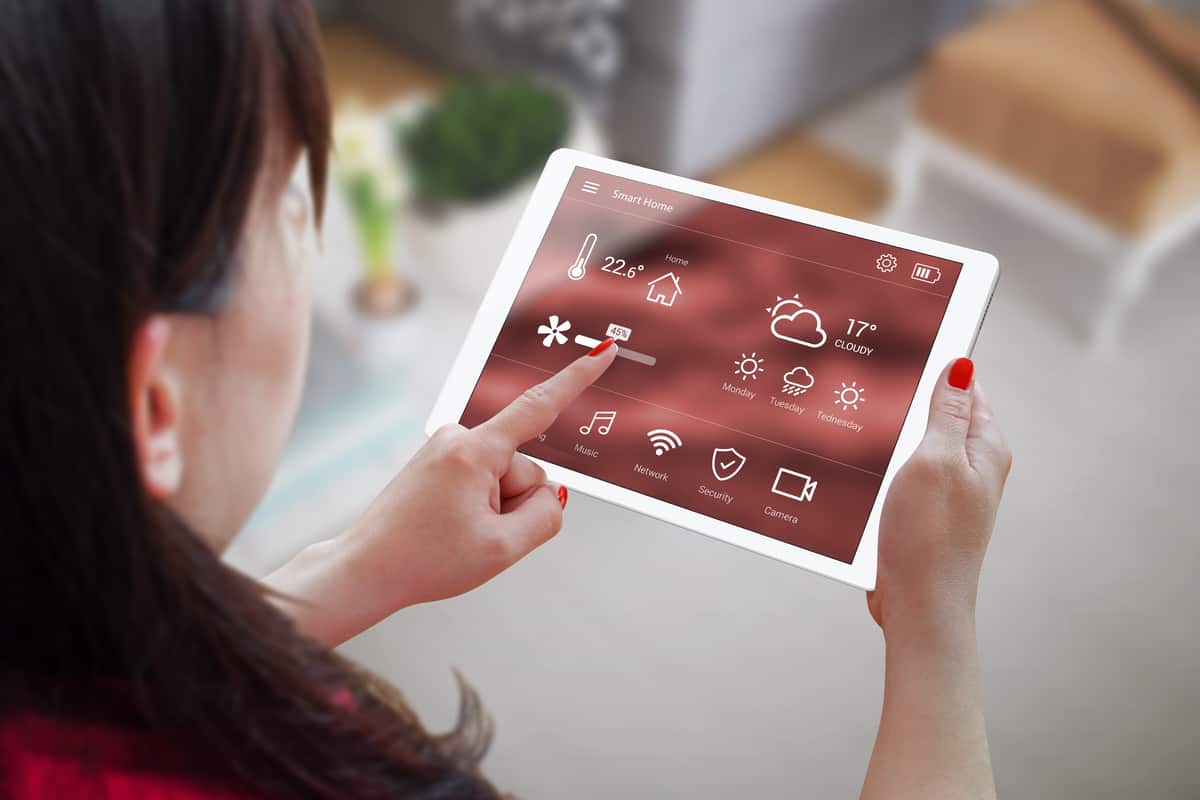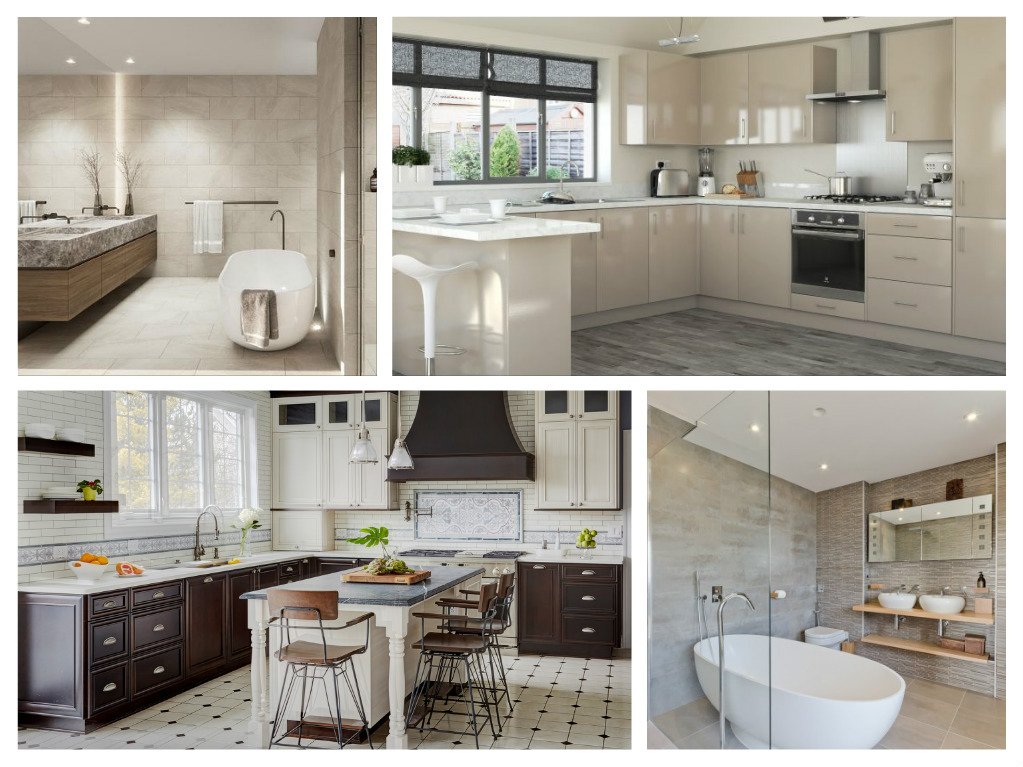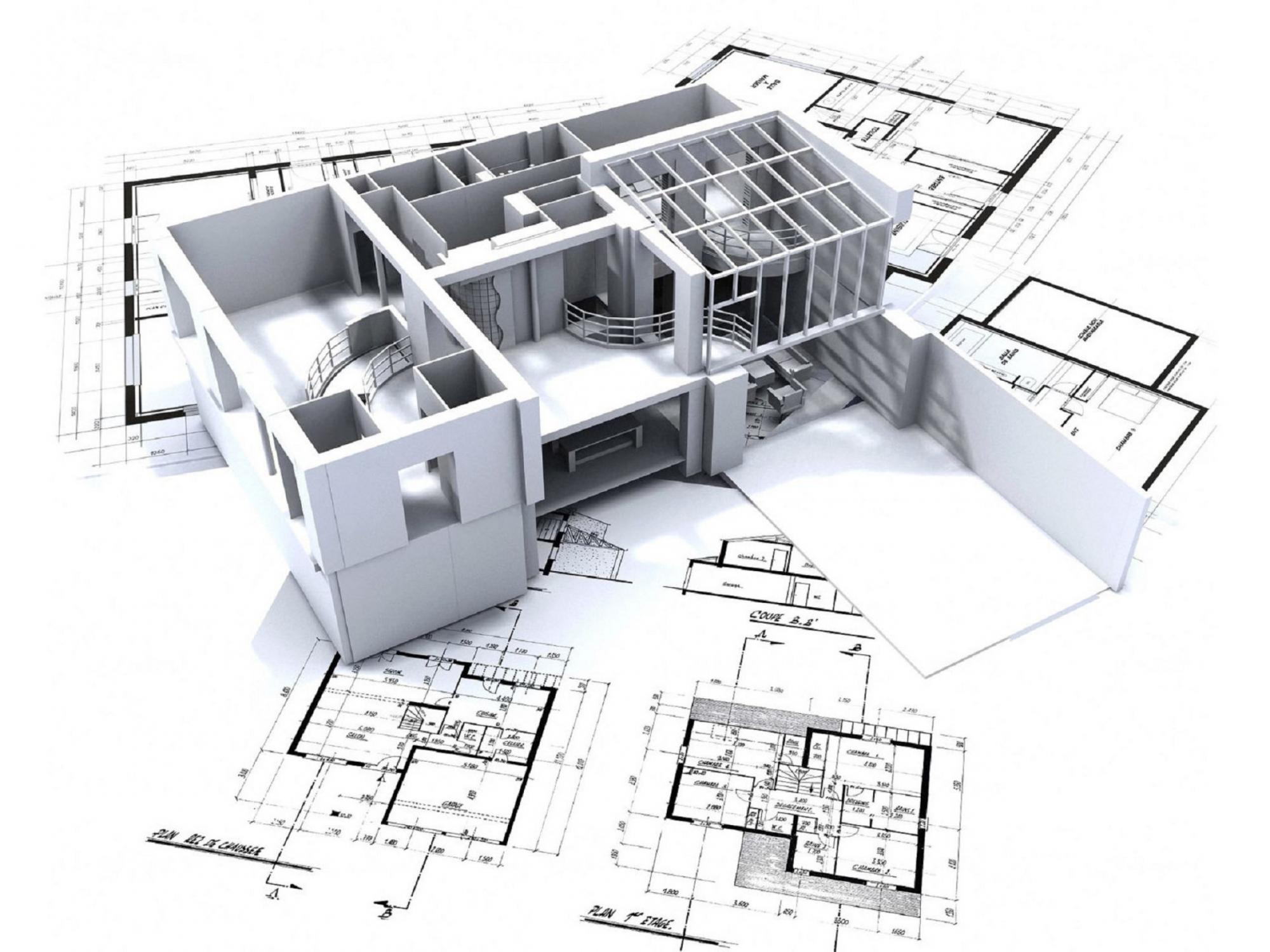We might still be a few decades away from AI and robot helpers that we can interact with as if they were people, but there are still plenty of advancements coming soon to look forward to. Most of them have to do with making improvements to existing infrastructure.
Once these improvements are made, however, the big innovations can start to become a reality. Here are a few of the efficient, interesting, and fun things coming in smart technology.
8 Upcoming Trends in Smart Home Technology
1. 5G Data
The first two trends on this list have to do with creating faster, better connections between devices. When smart home technology is highly adopted, a home will have so many devices in it that our current data speeds won’t be enough.
The introduction of 5G will likely be the first step that increases what we can do with connected devices. The next big advancement in networking will come in the form of the next iteration of the classic in-home wireless networking solution.
2. WiFi 6
That solution is, of course, WiFi. Think of WiFi as the 5G connection of your home.
It will bring all of the benefits of 5G to your home for personal use. The benefits will be for your home only instead of for everyone who uses 5G.
One of the problems with wireless data is that it isn’t as secure as a home-based network. The new security features that will come with WiFi 6 will help to keep all of your connected devices running smoothly and securely.
3. Standardization and Cross-Connectivity
Every smart device in your home will need to work together for maximum efficiency. Right now, different companies have different operating systems that are locked to only be used with other devices made by that company.
Customers aren’t going to accept that as smart technology becomes more popular. They will want a smart lighting system that works with a smart refrigerator from a different company and their smart car.
Companies will have to start opening up their devices to be used with any smart device. Consumers are going to start making buying decisions based on this feature.
There are many reasons to stop a monopoly in the smart technology industry from forming, and they all hurt the consumer. Companies will have to play nice with each other and participate in some friendly competition.
4. Increased Focus on Cybersecurity
The number one reason there needs to be competition and connectivity is for security reasons. One company can’t be trusted to keep all of the data all of our devices collect secure.
If one company is hacked, your entire home could be in jeopardy. It’s smarter to have several devices from several companies so that if one is compromised, the rest of the devices have a chance to defend themselves.
Advancements will need to be made to keep us all safe, and it will take a community of innovators to get it done. One company can’t do it all.
5. Smart Technology in the Workplace
Once speed and connectivity are improved and security breaches are less of a threat, smart technology can make its way to where you work. Maybe your boss has gotten an Alexa or Google Home device for their office. Apart from that, most workplaces haven’t taken steps to adopt smart technology.
Any business decision comes down to how it benefits the bottom line. Smart lighting has already proven that it can positively affect productivity and happiness at work.
It’s only a matter of time before smart technology companies find more ways to improve the workplace. The benefits of smart lighting at work were found largely by chance, but companies will now begin intentionally looking for ways to make improvements.
6. Environmentally Friendly Solutions
Smart lighting is also environmentally friendly because it helps cut down on energy consumption. Another solution that does that is a smart thermostat and HVAC system.
Smart thermostats will likely be the next piece of technology that businesses pick up, and more environmentally friendly solutions will follow. Prime Electrical Services, an , NJ, says, “Smart thermostats are the most efficient way to cool your home if you take advantage of their features. Nest Laboratories reported the average energy savings for users who enabled their Summer 2016 Seasonal Savings algorithm was 80%.”
Water is a resource we could stand to conserve more of. Smart toilets already exist, but smart technology will likely make its way into your entire bathroom to conserve water, heat, and electricity.
Another area that could use smart technology is the kitchen. Plan on seeing more advancements in the kitchen as well.
7. Augmented Reality
If you’re here looking for fun things coming soon, then this is where the fun starts. Augmented reality has been used mostly in games when it comes to consumer products.
Scientists, engineers, and businesses have been using augmented reality to create, build, and study. Soon, those benefits will come to the consumer.
It’s already starting with applications on your phones. You can see how furniture will look in your home or how clothes will look on you.
Think of a smart mirror that allows you to “try on clothes” online. Simply select an item from your cart, stand in front of the mirror, and watch it appear on you. Maybe you can even see how different sizes look on you.
8. Smart Coliving Spaces (Farther Away)
As cities become more packed, we will need to find affordable, safe ways to live close together. Coliving has started to look for solutions to that problem.
Coliving spaces are already becoming popular because they are affordable and give extroverted people who thrive on being around others the opportunity to do so even more. If you’re an introvert, this probably isn’t the solution for you.
That is, unless smart technology can find a way to make coliving viable for someone who needs time to themselves and their own space. Sharing a small room with four to six other beds is a nightmare for an introvert, but if smart technology can find a way to optimize the space and give each person their own private space, it could be viable.
Smart walls can come and go. Smart thermostats can control the temperature and humidity in certain sections of the room. Smart lighting can be adjusted by the individual, and smart shades can block unwanted light. Every person can have a little haven to themselves.
What advancements in smart home technology are you most excited for? Artificial intelligence and robots are still far away from being widely used, but we are well on our way there. Are you looking forward to having robot helpers? Let us know in the comments!
Jennifer Bell is a freelance writer, blogger, dog-enthusiast and avid beachgoer operating out of Southern New Jersey.






